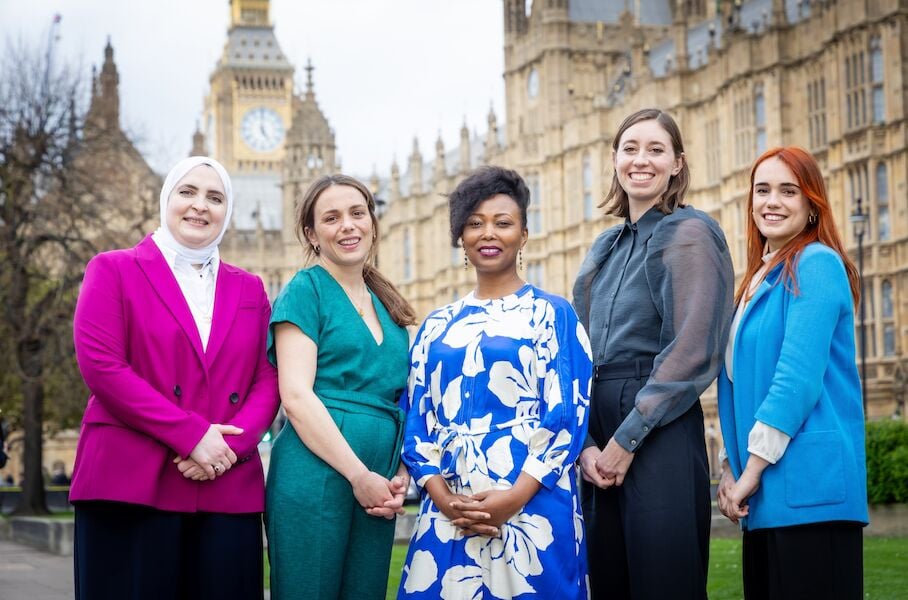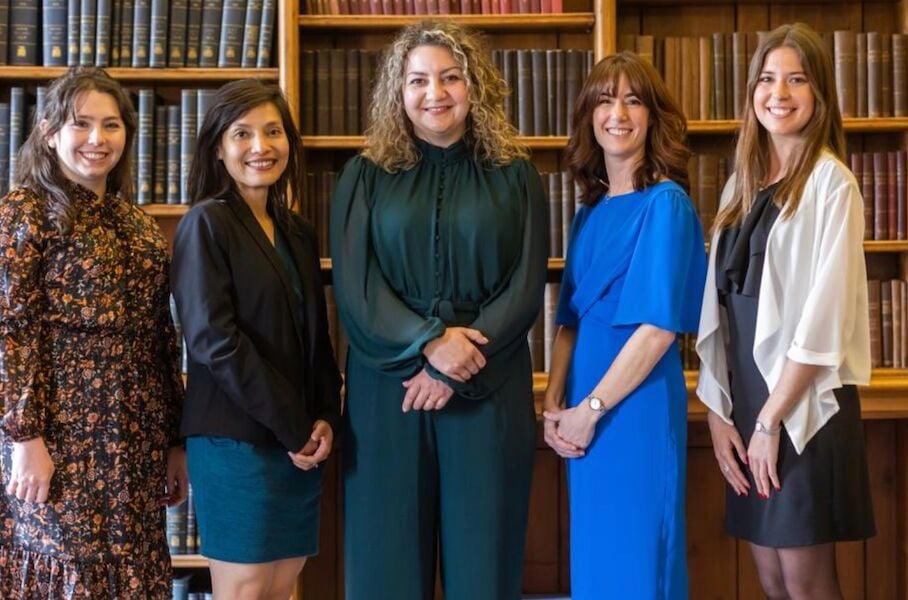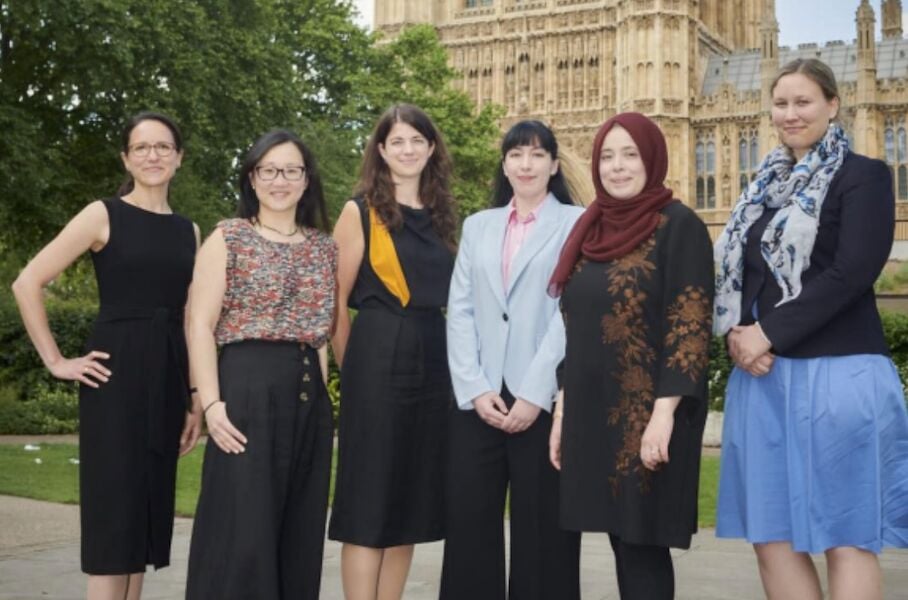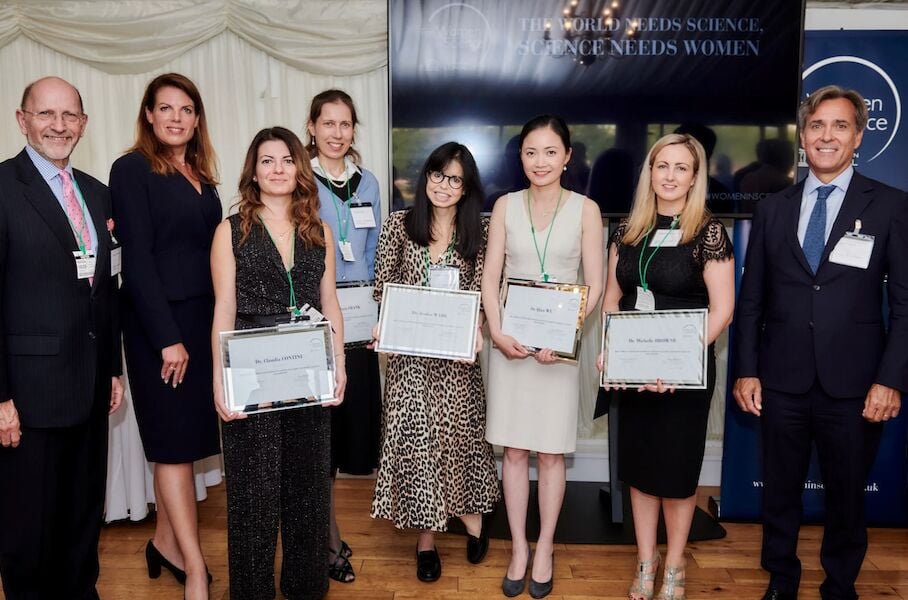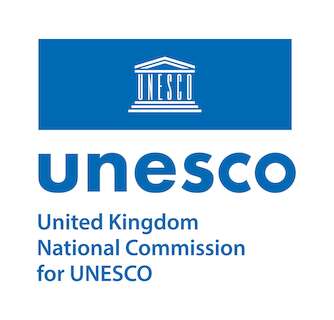Each Rising Talent received a grant to support a 12-month period of research. The awards have been designed to provide flexible and practical financial support for winners to spend on scientific equipment, paying for childcare, travel costs or indeed whatever they need to continue their research.
L’Oréal-UNESCO for Women in Science UK & Ireland Rising Talent Fellows 2020
Dr Carter works to understand the effects of ‘space weather’ on the Earth’s atmosphere. Solar winds (a stream of charged particles released from the Sun) interfere with our planet’s outer atmosphere and magnetic fields, and the products of these interactions hold the potential to cause mass disruption to technology on a global scale. With her research proposal, Dr Carter intends to track the ‘substorms’ that arise from these interactions by working to optimise a joint spacecraft mission (between the European Space Agency and the Chinese Academy of Sciences). Collaborators intend to launch a satellite – SMILE (Solar wind Magnetosphere Ionosphere Link Explorer) – in 2023, with the inclusion of a Soft X-Ray imager due to Dr Carter’s previous research.
The records from this satellite, however, will not provide a broad enough data set to understand fully the substorm cycle that results from these space weather disruptions. As Dr Carter further explains, “SMILE must combine its findings with the context provided by other experiments, both ground and space-based”. She, therefore, intends to design and develop a data fusion facility to understand multiple datasets. Although an ambitious project, Dr Carter has a plan to combine varying formats of data, which will enable the global astrophysics community to extrapolate information from both the spacecraft and ground-based technology in order to gain a deeper understanding of the potential risks to our future.
Known as the ‘powerhouse of the cell’, mitochondria are responsible for converting food energy into cellular energy. Any changes within the mitochondrial DNA can lead to mitochondrial disease, and so Dr Pickett is researching the fundamental mechanisms behind the most common mutation – the A to G switch (m.3243A.G). Not only will these help clinicians to treat the huge range of diseases that result from this, but it will also make a variation within symptoms far easier to predict.
Dr Pickett has recently discovered that several symptoms relating to the m.3243A>G mitochondrial mutation have high to moderate heritability estimates. As she further explains, “The proposed project is highly novel; using tools from complex disease genetics to identify nuclear modifiers… in a unique clinical cohort. The discovery of genetic risk factors for m.3243A>G-related disease will improve our understanding of this common mitochondrial disease and will have a direct translational impact”.
As an internationally recognised mitochondrial geneticist, Dr Pickett recently obtained a Wellcome Trust Fellowship for Career Re-Entry after having taken 11 years off to start a family. Passionate about encouraging diversity and inclusion within the academic environment, she proposes to use the funding to employ a part-time technician in her lab to – this will offer them a chance to re-establish their own career whilst carrying out groundbreaking research.
Surgery is becoming increasingly reliant on technology to enhance procedure and increase survival rates, as machines are often able to calculate complexities of the body on a minute scale. Dr Xie’s research lies at the interface of medicine and biology, as she is working on a non-invasive functional Multispectral Light Field Imaging system (fMLFI) for maximal safe tumour resection. Nearly 6,000 new brain tumour cases are diagnosed every year, and only 18.5% of those patients survive for five years after this. Surgically speaking, tumour removal is the optimal treatment plan, however, it requires intense precision can lead to severe postsurgical cognitive or motor deficits if it goes wrong. Dr Xie recognises that it is vital to be able to monitor the tissue that surgeons are operating on carefully.
As she further explains, “This novel imaging system will possess advantages from both light field technology and hyperspectral imaging, which will be the world-first compact multi-modal (light field, brain mapping and fluorescence imaging) imaging system designated for use in a surgical environment”. There is currently no real-time technology capable of measuring multiple aspects of tissue features simultaneously and so Dr Xie’s work is incredibly exciting. By increasing visibility and effectiveness of brain monitoring, her project could drastically improve the imaging of the brain and make tumour resection surgery far more successful in the future.
Considered as one of the world leaders in pain estimation for newborn babies, Dr Egede has dedicated her research career to understanding the signals and triggers of pain in infants. Newborn infants in Neonatal Intensive Care Units may go through many painful medical procedures in order to save/improve their lives. Since neonates are unable to communicate pain verbally, Dr Egede’s research focuses on the assessment of pain using alternative methods. Currently, clinical practitioners use various pain measurement scales, however, these are highly subjective and provide inconsistent measurements.
This is a challenging area of study due to ethical limitations and complexities with data gathering. Dr Egede’s proposal centres around the idea of using machine-assisted pain estimation methods in order to accurately predict what infants are feeling. Her computational approach can provide accurate, real-time pain monitoring and give notifications when excessive pain levels are detected. The machine-assisted proposal measures pain via multiple ‘signals’ including behavioural and muscular cues. Dr Egede’s research is innovative, however, as it seeks to consider the brain’s activity as well. Neural measurements are particularly useful when areas of the body are inaccessible and babies are under sedation – both times when they are at a high risk of experiencing painful stimuli. This is vital work as clinical studies have repeatedly shown that unsuitable treatment of infant pain could have a severe impact on their neurological development later in life.
Dr Cuní Sanchez is working to understand which indigenous tree species thrive under the complex conditions of the mountainous ‘Albertine Rift’ region in Africa. Alongside her extensive knowledge of tropical forest ecology and indigenous multipurpose species, Dr Cuní Sanchez has strong links with local researchers due to previous work. Her motivation for this proposal is to use such expertise to help society, as she believes that ‘science should be beneficial to people’. Across four sites in Central Africa, she aims to gather data surrounding optimum indigenous tree species and cultivation techniques. With this, she then plans to train local communities on related agroforestry and cultivation techniques.
According to Dr Cuní Sanchez, planting indigenous multipurpose trees has many benefits for humans; they provide construction materials, firewood, fibres, livestock feed, food, medicine and income. Their use in agriculture (otherwise known as agroforestry) also helps to combat food insecurity – these trees improve site conditions in farms by drastically reducing soil erosion and increasing moisture retention. Indigenous trees are often better adapted to the local environment and are therefore cheaper and easier to maintain in the long term. Their use is limited however as cultivation can be difficult. With Dr Cuní Sanchez’s work, reforestation throughout vast swathes of Central Africa may be possible, which could save lives and combat climate change on a monumental scale.

